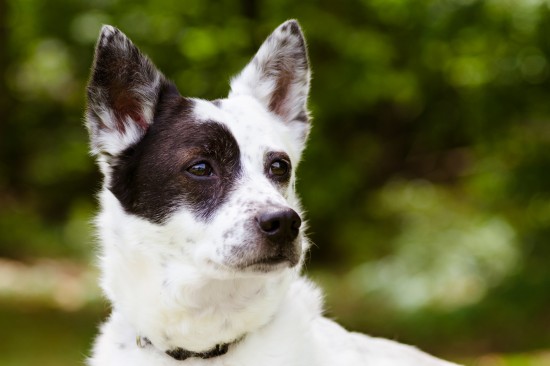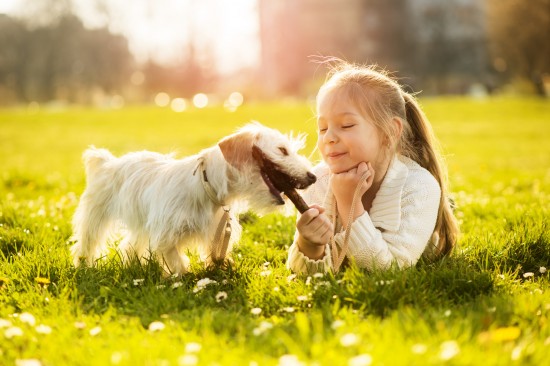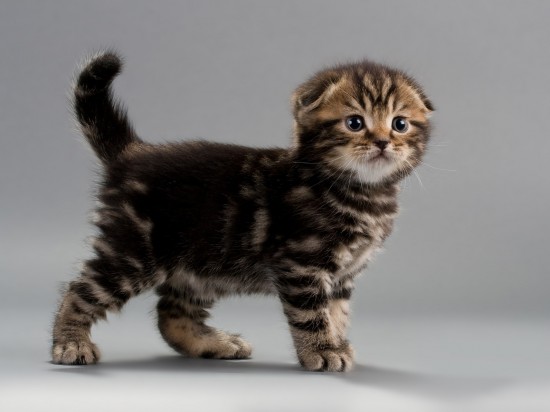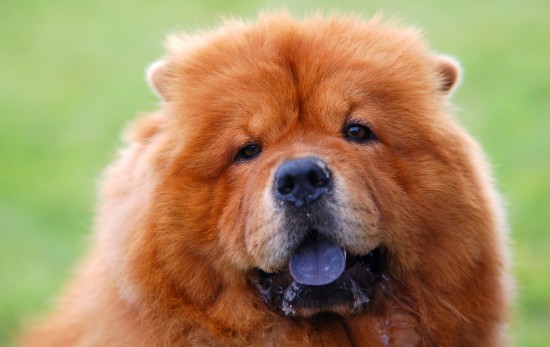Before people start searching for a canine, they usually have a distinct idea about the type of canine they want. Every type of dog needs the same care, there are distinctions between each of the different sizes that will affect you, your home and your family.
Sometimes, large K-9s get a bad rap. Even though most of the time we think of large K-9s as destructive and high energy, this is not always the case. In fact, a lot of the large breeds, especially the giant ones, are some of the well behaved dogs. Very large breeds like the Newfoundlands, mastiffs, and Saint Bernards can be a handful while they抮e babies條ike any canine, but once they hit adulthood, they tend to calm down. As for their level of energy, some of these giant dogs are more appropriate for smaller houses than small and spunky terriers. They are usually satisfied with a walk once a day and maybe a couple of games of fetch. Most of them love to cuddle and are content to hang out by your sofa while you are watching TV. In fact, they are want-to-be lap dogs because they love to lay their head on your lap all day.
Still, giant breeds are not always the easiest. Think about bloodhounds梩hey always slobber, and they have many needs because they are big. This gets expensive fast because large K-9s eat a lot of treats. Also, as they grow, you will need larger accessories, crates, beds, grooming and kenneling, so the price will increase too. These big dogs are also more likely to have health problems. Among common problems are hip dysplasia and joint and arthritic disorders. If a giant breed is not bred carefully, it can be a liability because they carry a great deal of weight.
Medium to large dogs have characteristics of their own, as well as some of the disadvantages and advantages of giant dogs. Golden retrievers, German shepherds, Border collies, and Labrador retrievers all share similar qualities. They are mostly active, they like running and jumping, fetching, and lots of other canine activities. These are the perfect K-9s for someone who enjoys canine sports and a vigorous recreational life. While these K-9s vary in energy level and individual temperament, they make good hiking and sporting companions. When they are a little older, they tend to mellow out and become great house K-9s.
Small breeds are believed to be the ultimate companions. They can fit into any van and boat, and they can even ride with their owners on most airplanes, if the crate is small enough to fit under the seat. That is why many frequent fliers prefer small dogs. Generally, small dogs are the most convenient of all K-9s梩hey can be carried in your arms when running errands. At the same time, their small size makes them more vulnerable to people and other animals. A simple step would have little to no effect on a Australian cattle dog, at all, while it could kill a small 4-pound Chihuahua.
Small dogs are usually believed to be excellent for apartment living and ideal companions for the elderly. This is usually true, but in reality, many of the smaller breeds are just large dogs in small bodies. Usually, terriers are small, but they抮e intelligent and active, and they抮e headstrong, and they have strong predatory drives. If you want an easy to raise dog and a couch potato, this is not the right dog for you.
Many small breeds do well in apartments and with seniors. A walk or two per day is good enough for them. A sedentary lifestyle is perfect for the small companion dogs. That抯 the environment that they抳e been bred for centuries for. Since they are smaller, their beds and food bowls will take up less space; and it抯 easier to clean up after them. Also, it抯 less expensive to maintain them條ess food, and less kenneling costs. However, small dogs do have some veterinary problems that the large dogs don抰梖or example, dental. Treatment can also be a bigger risk, because they are more sensitive to anesthesia.
For more information please visit www.animalshelter.org

 Helpful Tips And Advice About Adopting A Rescue Dog
Helpful Tips And
Helpful Tips And Advice About Adopting A Rescue Dog
Helpful Tips And
 Why It Is Vital To Ensure That Your Children Do Not Tease Your Puppy
Why It Is Vital T
Why It Is Vital To Ensure That Your Children Do Not Tease Your Puppy
Why It Is Vital T
 Recognised Mutations Of Cat Body Type
Recognised Mutati
Recognised Mutations Of Cat Body Type
Recognised Mutati
 The Truth About The Bluish Black Tongue Of The Chow Chow
The Truth About T
The Truth About The Bluish Black Tongue Of The Chow Chow
The Truth About T
 Dogs And Their Drinking Requirements
Dogs And Their Dr
Dogs And Their Drinking Requirements
Dogs And Their Dr